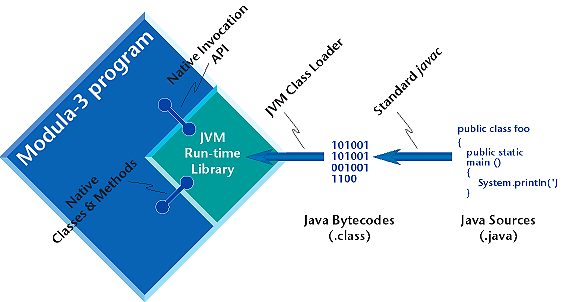Daniel deOliveira, a friend of mine, asked me for what I thought a JUG leader definition should be:
I’m writing an academic paper about the seven dimentions of collaboration in JUGs and I needed a definition for a JUG Leader. I looked in several search engines and … nothing :-(
Amazing :-0
I replied to him, and the JUG Leaders list with my definition below. One of the things he noted was that there is no definition out on the Internet that he could find. I decided to add one.
What is the definition of a JUG Leader?
A JUG leader is someone who is passionate about Java. That is the most obvious answer. However, that answer has many different levels. A JUG Leader can be a very technical individual, and some are the best developers in their JUG. This does not need to be the case.
A JUG Leader understands the power of communication, collaboration, and community. As I noted, a JUG leader does not need to be the technical expert of the group, but they need to be able to identify those members (community) and get them to share (communicate) their knowledge. The group dynamic results in a number of synergies that lead to making the group successful (collaboration).
JUG Leaders can act as facilitators. They tend to pay attention to the activities of their members. Often, when someone mentions an issue, or something that they need assistance with, a JUG Leader knows someone else in the community who may have the answer, or provide direction.
JUG Leaders introduce people. We tend to meet really interesting people, and cool projects. When a member asks about a project, or a person, we can often introduce them to the right people. They can also provide assistance to employers looking for people. They tend to know who is in their communities and their expertise.
The best JUG Leaders are people oriented. They are personable, and are the type of people you want to hang around with. They realize that technology changes, but that people are the constant. This leads them to make relationships with people. The power of relationships with people will overcome technical challenges, and personal conflicts. We already know that JUG Leaders are passionate, but the relationship part tempers our dealings with others. We understand that people will disagree, it is how we deal with disagreement that others will judge us.
A JUG Leader is the continual "newbie". They tend to be first adopters. This results in an appreciation for new members. They are always new to some technology, and publicly recognize those projects that support new people.
A JUG Leader is social. As a JUG leader, you tend to be involved with social media. A number also tend to be bloggers. This passion for communication and sharing drives them to blog, or tweet.
A JUG Leader cultivates success. The most successful JUGs have other leaders which are pulled from the membership to make the JUG successful. The JUG should not succeed, or fail on the efforts of one individual. The leader organically grows its members, and asks them to do things that they will be successful in. Move people forward by giving them opportunities to succeed.
Hard projects should only be handled the JUG Leader, or those who will not be deterred by failure. Those projects which could fail should be very public. In the event of failure, the JUG Leader can demonstrate that failure is OK, and that we move on. The leader mentions the failure in terms of themselves, and not the JUG. This is very important.
Success will breed success, and a very public success is a win that should be mentioned in terms the JUG making it possible. Communal ownership and pride in your JUG will make the leader and the JUG grow.
Those are some of my thoughts on what a JUG leader is, or at least what we should aspire to be.






